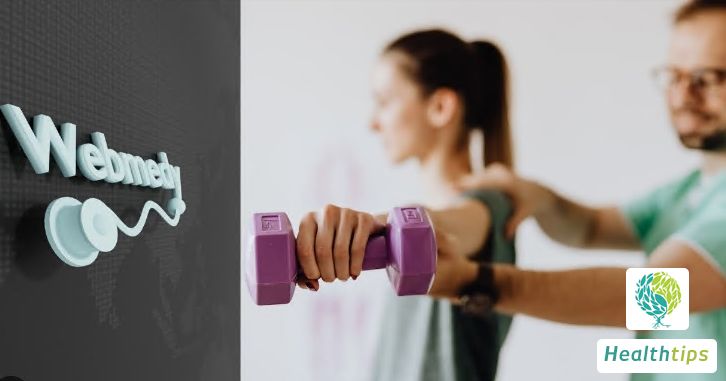What are the symptoms of a baby having a low fever?

A baby with a low fever may experience symptoms such as lethargy, irritability, crying, and poor appetite. When suspecting a baby has a low fever, you can measure the baby's temperature, which typically ranges between 37.5-38 degrees Celsius. Combined with abnormal physical manifestations, it is easy to determine whether the baby has a low fever. Physical methods can be used to help reduce the fever.
The first symptom of a baby's low fever is a body temperature ranging between 37.5-38℃. In cases of low fever, babies may experience excessive sweating at night, lethargy, irritability, crying, and poor appetite. Some babies may also get angry easily. Additionally, babies may refuse to eat, have a pale complexion, and be more fussy, all of which are symptoms of low fever.
Firstly, dress the baby less to allow heat dissipation. The traditional belief is that when a child has a fever, they should be wrapped tightly in clothes and blankets to "force" sweat out, but this is incorrect. When a child has a fever, they may tremble, and parents may think they are cold, but this is actually due to spasms caused by rising body temperature.
Secondly, help the baby with physical cooling methods, including the following commonly used methods:
1. Cold compress on the head: Soak a soft towel in 20℃-30℃ cold water, squeeze it slightly to remove excess water, fold it, and place it on the forehead. Replace it every 3-5 minutes.
2. Ice pillow for the head: Fill a bag halfway with small ice cubes and a small amount of water, squeeze the bag to remove excess air, seal the bag tightly, and place it under the pillow after ensuring there are no leaks.
3. Wipe with warm water or take a warm bath: Use a warm, damp towel to wipe the baby's head, underarms, limbs, or give them a warm bath for 10-15 minutes. Wipe the skin thoroughly to promote heat dissipation.
4. Rubbing with alcohol: Suitable for reducing high fever. Rub the baby's limbs and back with alcohol. Avoid rubbing the chest, abdomen, back of the neck, and soles of the feet, as these areas are more sensitive to cold and can cause adverse reactions. It is not suitable for newborns and young infants due to their thin skin and rich capillaries, which can lead to alcohol poisoning through skin absorption.
5. Others: There is also a type of physical cooling medication patch that can effectively relieve a child's fever.



















